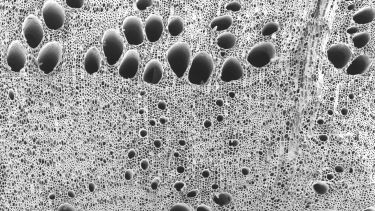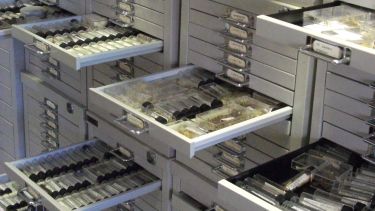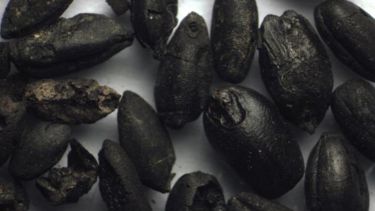SCALE- Sheffield Centre for Archaeobotany and ancient Land usE
The Sheffield Centre for Archaeobotany and ancient Land-usE (SCALE) is an internationally renowned centre for research into ancient plant economies and land use

Research within SCALE integrates archaeology with ecology, botany, agronomy, earth sciences, genetics and ethnobotany. Pioneering innovative research with a strong ecological and ethnoarchaeological focus, SCALE members specialise in Western Asian, Mediterranean and British archaeobotany and land use.
The Centre has strong collaborative links with Animal and Plant Sciences, Geography and the School of Mathematics and Statistics within the University of Sheffield.
Within the Centre we have reference collections for wood charcoal, pollen, phytolith and starch and a large seed reference collection. We have facilities for the study of charred and waterlogged seeds, wood charcoal, pollen, phytoliths and starch.
The Centre is composed of several permanent members of academic staff, research assistants, technicians and a strong team of PhD students. Training in archaeobotany and geoarchaeology is provided through our taught Masters programmes.
In particular, the Centre is focused on investigating:
• the origins of agriculture
• the early dispersal of crops, genes, and agricultural practices
• the role of agriculture in the development and collapse of complex societies
• the relationship between human migration and the use of plant foods
• production of crops and their consumption by humans and animals
• landscape and human land-use interactions (agriculture, pastoralism etc.).

Our Facilities
The Centre for Archaeobotany and Ancient Land-Use has state of the art facilities for laboratory analysis and interpretation of archaeobotanical and geoarchaeological material. Within the archaeobotany lab it is possible to study charred seeds, wood charcoal, pollen, phytoliths, and starch. Our extensive seed reference collection contains a wide range of Near Eastern and European wild plants and is particularly focused on the old world crop assemblage. We also have a modern charred wood reference collection, a large pollen collection, and phytolith and starch collections.
In tandem with modern reference collections we have an up to date archaeobotany library with the key identification manuals and technical books for each type of plant remain.
Within the centre we have microscopes and equipment suited to a range of archaeobotanical analyses. There is a range of Leica stereomicroscopes in the centre for analysis of plant macroremains. For wood charcoal research we have a darkfield Meiji MX microscope. There are a number of transmitted light microscopes suitable for pollen and others with polarising capabilities for starch and phytolith work. For all types of plant remains the centre has image analysis equipment suitable for publication quality photography.
Associated with the main archaeobotany lab we have a chemical lab equipped for pollen, phytolith and starch sample preparation. We also have ovens for experimental work on artificial charring and the material for functional ecological study of plants.
As part of the centre there is a separate functional plant ecology reference collection with herbarium specimens, leaf impressions, seeds, and an ecological database.
Within the University there are SEM facilities and the possibility for plant growing experiments through cooperation with relevant departments



